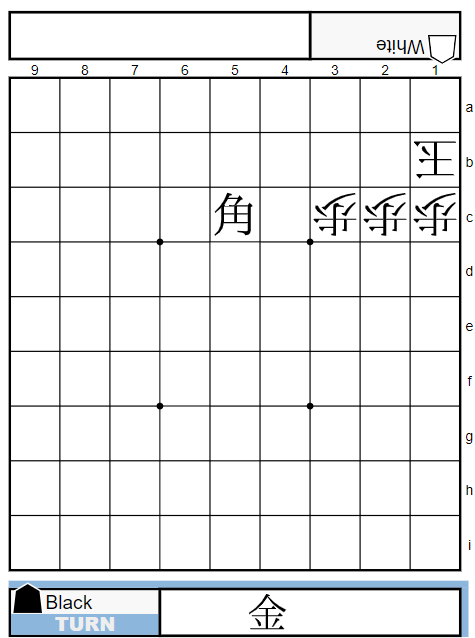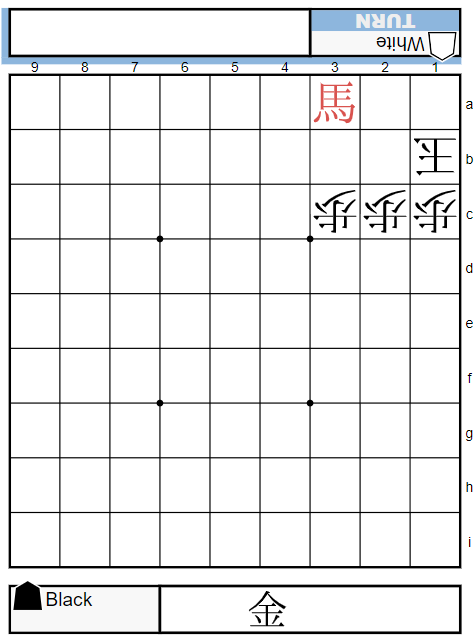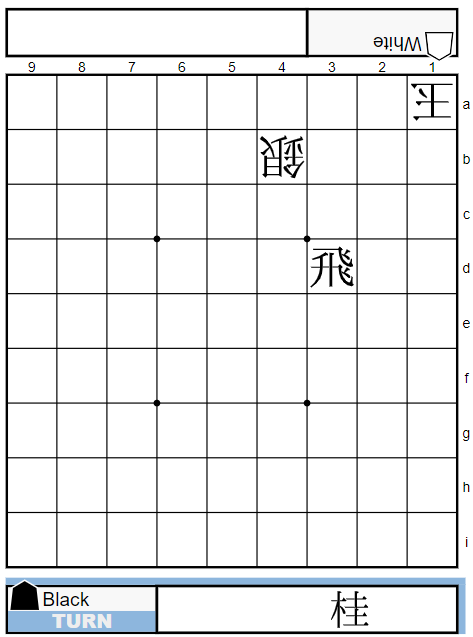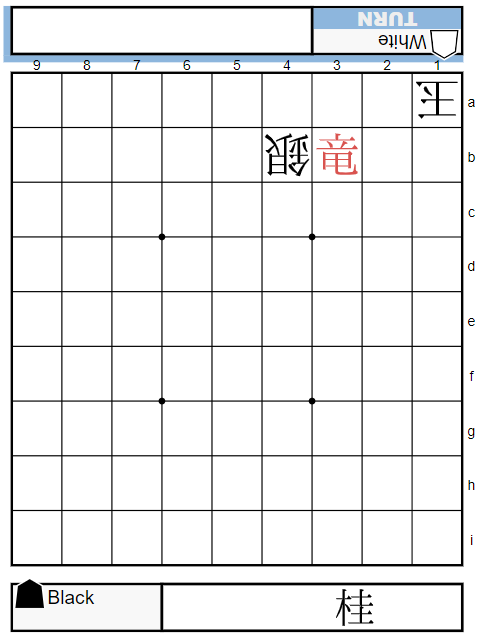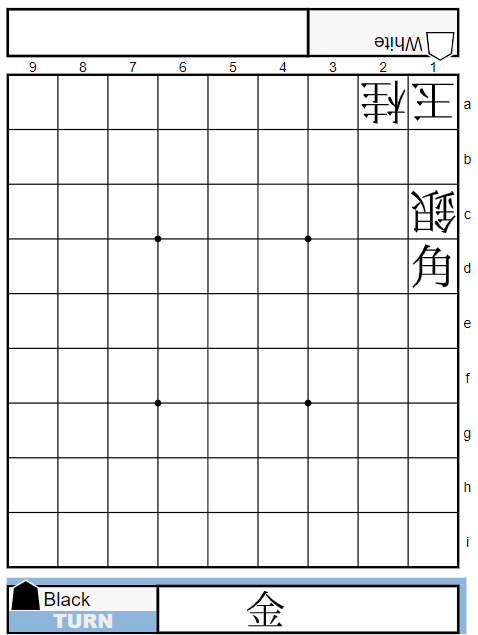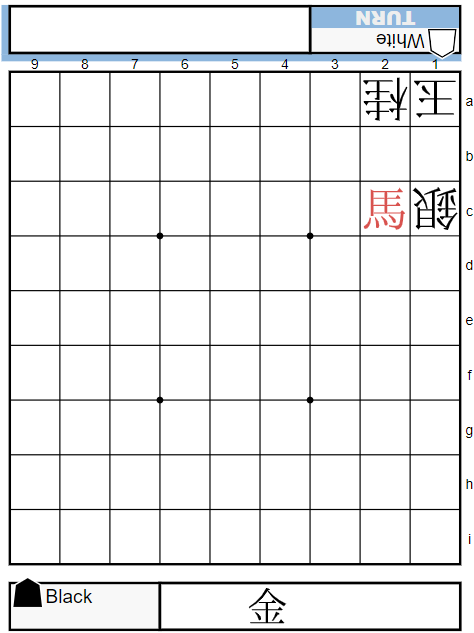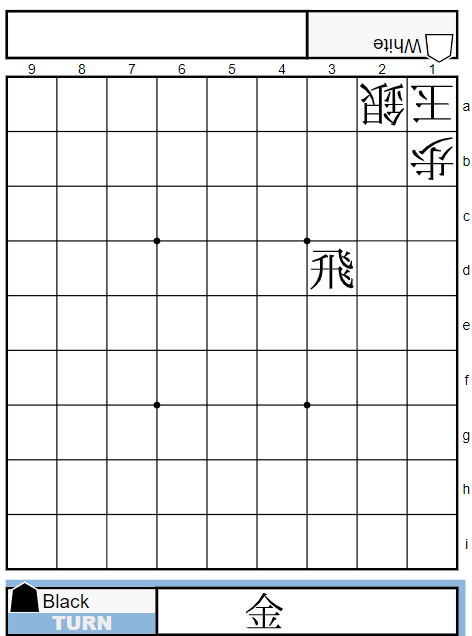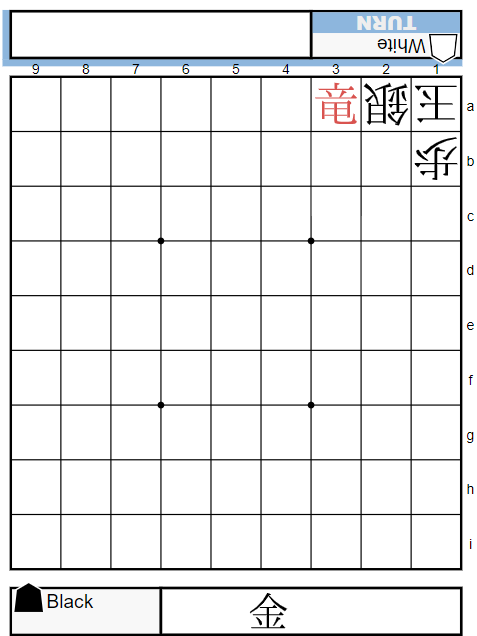Shogi material odds games are played to make Shogi more enjoyable for players at any level. Adjusting material odds is aimed at minimizing the skill difference between two Shogi players. In Japan, there are many Shogi classes, and teachers often play Shogi against their students with material odds.
Material odds games are highly instructive and involved fundamental Shogi concepts. Learning Shogi with material odds is more accessible because you don’t have to memorize countless openings. As the side that removes its pieces has limited material, you can focus on developing pieces and offense, and also you can find weaknesses from where the piece is removed in the enemy position. Usually, your first target is to maneuver your major pieces.
You may struggle to keep up with your study of Shogi when you feel like you’re not progressing. It’s natural to wonder, ‘Am I getting better at Shogi?’ learning Shogi with material odds would make you less worried because you’ll clearly notice your improvement as your handicap diminishes.
Neglecting to learn the basics can make it more challenging to become a strong player. Therefore, if you’re genuinely committed to improving your Shogi skills, I highly recommend playing Shogi with material odds.
Do you want learn some book moves in material odds games? check the links below.

